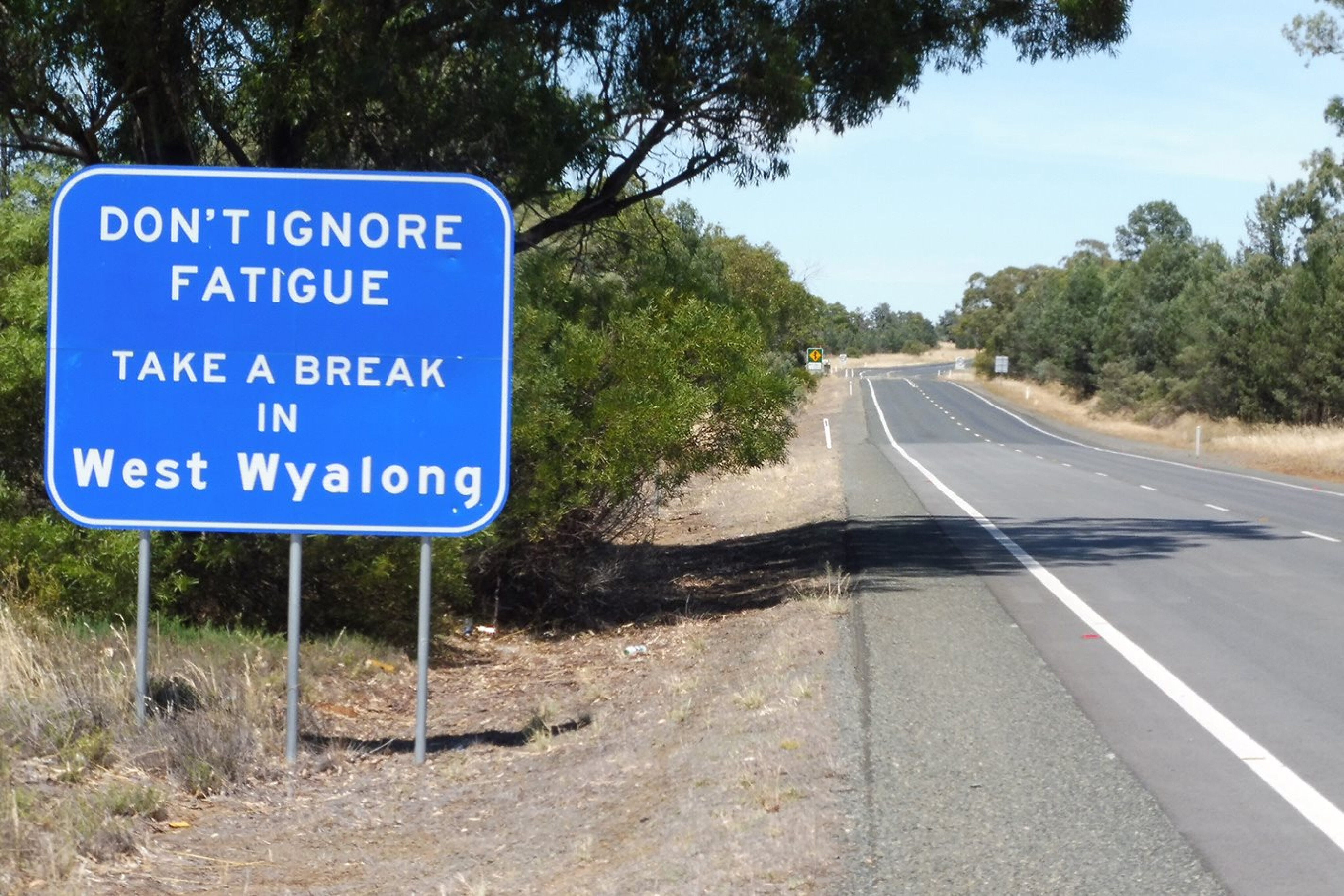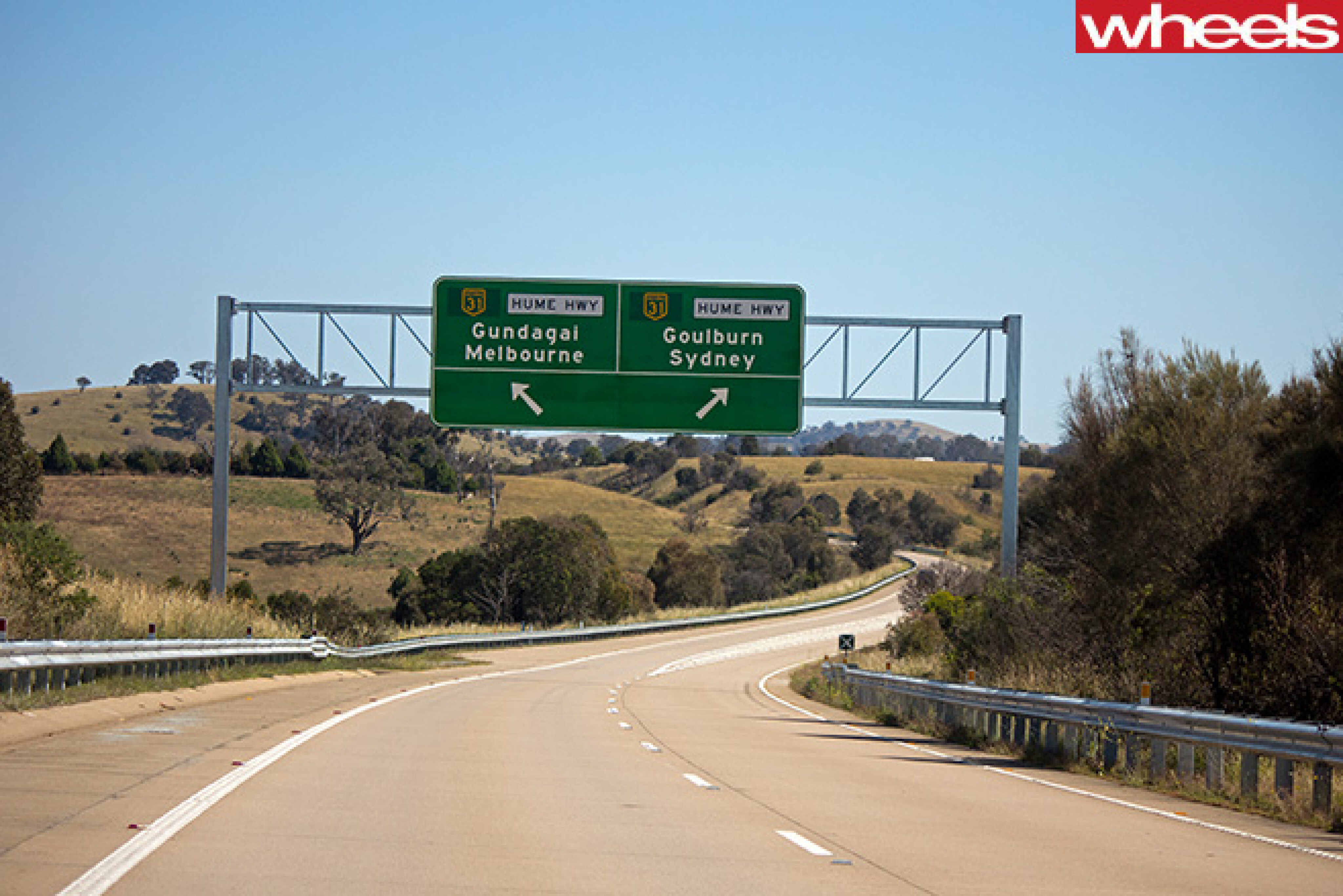
With a last year's national road toll of 1184 showing few signs of dropping, Australia’s roads aren’t getting any safer post-Covid.
Among what police refer to as the ‘fatal five’ crash factors: speeding, driving without a seatbelt, drink or drug driving, and fatigue driving, there’s only one that remains undetectable – how tired a driver is.
A report by The Guardian [↗] detailed Monash University’s research into blood biomarkers that could determine whether or not a driver was fatigued at the time of an incident.
It’s expected the test will become available on a large scale within two years, though initially the biomarkers will only be detectable in a hospital environment. Those involved predict roadside testing much like RBTs could begin to roll out in five years.
“When you look at the major killers on the road, alcohol is one of them, speeding is another, and fatigue is one of them. But even though the solution to fatigue is quite simple, which is to get more sleep, our capacity to manage it is impaired because we don’t have tools to be able to monitor it like we do with alcohol,” Professor Clare Anderson, leader of the program at Monash University, told The Guardian.
Click play on the banner image above to watch one of our favourite drowsy driver ads

Catch up on road safety
- The most common deadly driving habits
- More Queenslanders are admitting to breaking driving laws
- Driver fatigue: Don't ignore the danger signs
- Study: Motorists ignore signs of fatigue
How does the test work?
The challenge so far has been accurately identifying how someone is tired using a blood test. Professor Anderson’s team has found five ‘biomarkers’ that indicate if a person has been awake for 24 hours or more. The test is pegged at 99 per cent accurate in lab settings, with real-world accuracy at a still-high 90 per cent.
“[The biomarkers] are really strongly related to how long somebody’s been awake, and they’re consistent across individuals,” Anderson told The Guardian. Crucially, Anderson added that these markers are not affected by elevated levels of caffeine, anxiety, or adrenaline in the bloodstream so it’s unlikely to record false readings post-incident.
Currently, the tests are in their infancy, but those involved in the program believe accurate hospital results will be available within two years, and – if everything goes right – roadside tests may be available in five years’ time.

What would constitute illegal ‘fatigue driving’
The other issue is setting a standard. Sleep researchers at Central Queensalnd University led by Madeline Spracjer studied a variety of papers [↗] that found driving on less than five hours’ sleep can be more dangerous than driving over many countries’ legal drink-driving limit.
A minimum threshold of sleep deprivation must therefore be identified for passenger cars if a logbook system is out of the question. Much like Australia’s maximum blood alcohol content is 0.05 per cent, a standard such as four-five hours of sleep could be implemented once biomarkers are clearly defined.
Australian heavy goods vehicles and professional drivers must keep logbooks of their sleeping and driving times, with heavy fines and even disqualifications for those who bend the rules.

Unlike alcohol, which is ingested knowingly and has fairly straightforward guidelines that relate to a legal limit, fatigue doesn’t always come on in a linear manner. Certain road conditions – for example quiet, straight and featureless highways – have greater potential to induce fatigue. You’re unlikely to have a microsleep at the wheel of a Honda Civic Type R heading up Lake Mountain, for example.
Certain times have been identified as ‘danger zones’ too, with tiredness peaks often seen between 2-4pm in the afternoon, and 2-6am in the morning. There’s also the question of punishment – should you be awarded demerits and fines for driving drowsy after an accident? Is running on one hour of sleep any more deadly than three hours?
Cars are becoming smarter, too, with driver fatigue monitoring systems able to detect eye movement and swaying within the lane with the ability to cross-reference these signs with the amount of time spent driving to determine whether a break is wise.
Driving tired is already under the microscope, and even if these tests do become prevalent, the onus will remain on the driver to decide whether they’re in a safe physical condition to drive a motor vehicle.
COMMENTS